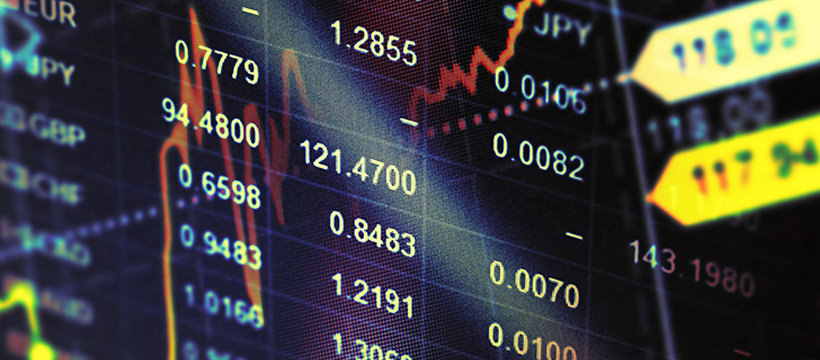Forex Trading: Intraday vs. Multiday Differences
May 25, 2017

One of the reasons why Forex Trading has captured the attention of ordinary people lies in the variety of approaches available. The two most important, or rather widespread, approaches are intraday trading and multiday trading. These are two radically different ways of investing, which involve different strategies, equally different operations, and specific risks and advantages.
Intraday trading
As the name suggests, intraday trading is characterized by closing positions by the end of the day. No trade survives beyond the market close but is instead interrupted beforehand.
Intraday trading is characterized by the following elements.
Restricted timeframe. Depending on the speed of the trades, you will opt for a 60-second, 5-minute, 15-minute, or 60-minute timeframe.
Marked use of pivot points. The reference is to supports and resistances. Since signals can be illusory throughout the day, traders prefer to rely on pivot points, which always offer a certain guarantee and independence.
Reference to market movers. It is always risky to base your trades on market movers, but at the same time, it can prove to be providential. Obviously, it is necessary to guess the forecast and move in time.
Accentuated use of stop losses. If the time horizon is daily, then the trader is exposed to shocks, which have a greater impact in the short term. For this reason, especially in the context of automated trading, the use of stop losses is more frequent.
Multiday trading
The main characteristic of multiday trading consists of maintaining a position for a long time, which can consist of days, weeks, or even months or years. The returns are very high, as are the losses, but they are spread over a very long period of time.
This approach requires the trader to do a very hard analysis work, as it is aimed at forecasting price movements that are not at all close. It is obvious that predicting what will happen in three months is more difficult than predicting what will happen tomorrow.
The multiday trader by definition follows the trend. It is impossible to do otherwise, since they cannot exploit the rebound effects (which spread over very short cycles). "Hard" multiday trading, that is, the one that spans distant horizons, is a matter for experts, as it presupposes uncommon analytical skills.




